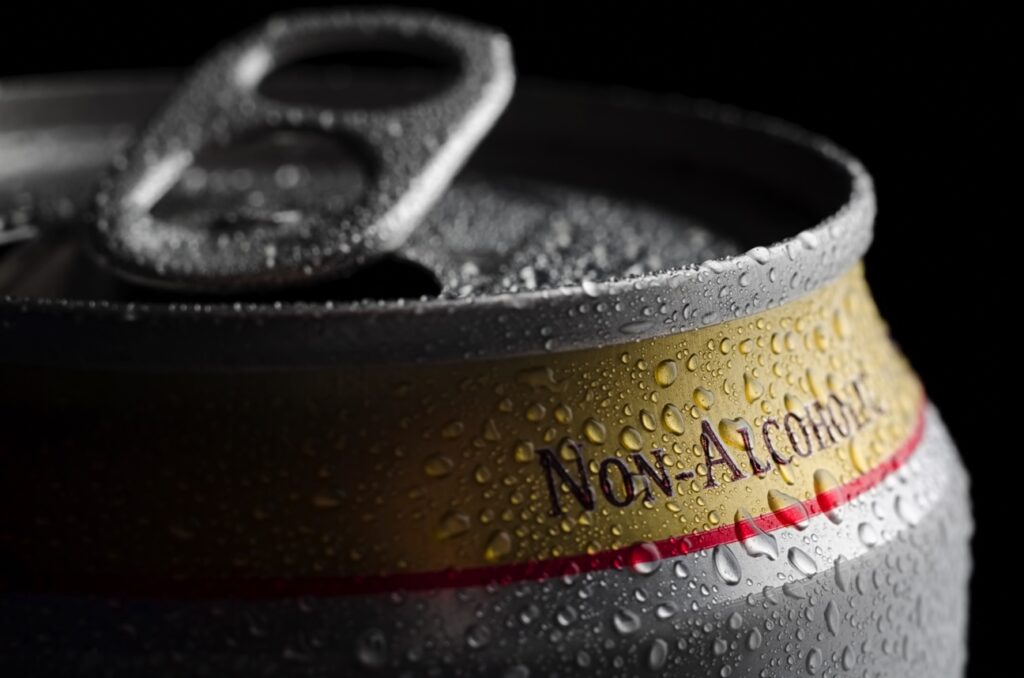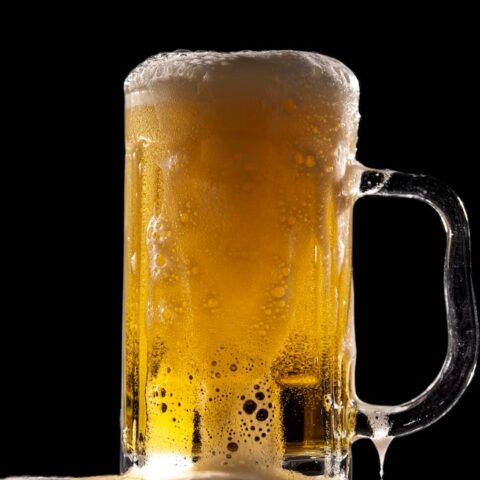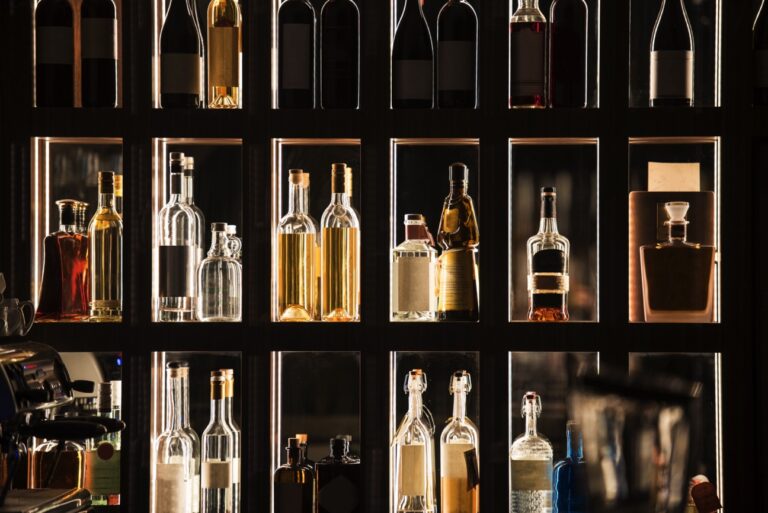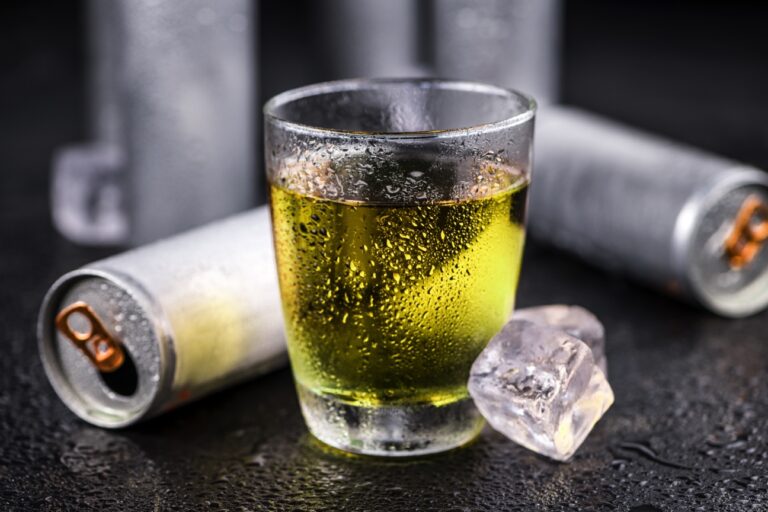
A steady shift in the world of beer is occurring. Although non-alcoholic beer has largely been synonymous with watered-down, flavorless versions of beer, that is no longer the case. Discover the latest beer-adjacent beverages making waves in the craft beer scene.
History
Non-alcoholic beer is not a new concept. In fact, it dates back to the late 1800s when it was known as “temperance beer” and was created as a healthier alternative to regular beer. The demand for beer without alcohol increased in the early 1900s, prompting German brewer Josef Wiegand to create “Märzenbräu” in 1907, a beer with only 0.5% alcohol content that was marketed to pregnant women and athletes.
During the Prohibition era in the United States, the production and sale of alcoholic beverages were banned, which led to the development of alcoholic-free beer as a legal alternative. However, the quality of beer without the alcohol during this time was subpar, as it was made by removing alcohol from regular beer.
Alcohol removal from beer was typically done using a vacuum distillation process, which involved heating the beer to a temperature just below its boiling point and then lowering the pressure to evaporate the alcohol. However, this process often resulted in a flat-tasting and unappealing beverage, as the removal of alcohol also removed many of the volatile compounds responsible for beer’s characteristic flavor and aroma.
To make up for the lack of flavor caused by removing the alcohol, some breweries started adding sugar and other flavorings to non-alcoholic beer. But unfortunately, this often resulted in a saccharine, fake taste that wasn’t anywhere near as good as regular beer.
Fast-forward to the 1970s and 1980s, non-alcoholic beer saw a resurgence in popularity as health-conscious individuals sought alternatives to traditional beer. Many breweries began investing in improving the quality of non-alcoholic beer, leading to the creation of more flavorful and complex brews over time.
Evolution
Non-alcoholic beer has improved significantly over the decades in terms of taste, quality, and variety. Here are some of the key factors that have contributed to its improved quality:
- Brewing techniques: Advances in brewing technology have enabled brewers to create non-alcoholic beer with better flavor and aroma profiles. In the past, non-alcoholic beer was often made by removing alcohol from regular beer, which could result in a flat taste. Today, non-alcoholic beer is often brewed using the same ingredients and techniques as regular beer, but with the alcohol removed at the end of the process.
- Improved ingredients: The quality of ingredients used has improved significantly over the years. Malt, hops, and yeast are now available in higher quality, which allows brewers to create non-alcoholic beer with more complex flavor profiles.
- Consumer demand: As more people choose to live a healthier lifestyle, the demand has increased. As a result, breweries are investing in improving their non-alcoholic offerings to meet this demand.
- Variety: Non-alcoholic beer used to be limited to a small range of styles and flavors, but now there are many different options available, including IPAs, stouts, and lagers. This increased variety has made non-alcoholic beer more appealing to a wider range of consumers.
Benefits of non-alcoholic beer
One of the key benefits of drinking beer without the alcohol is its potential health and wellness benefits. With little to no alcohol content, it’s a smart choice for those who want to enjoy the taste and experience of beer without the negative effects. It’s a fantastic option for designated drivers, pregnant women, or anyone looking to cut back on their alcohol intake.
Additionally, beer without alcohol can be a great choice for those who want to enjoy a cold one during work breaks or social gatherings without the worry of getting intoxicated.
Non-alcoholic beer brands
There are many brands of non-alcoholic beer available on the market, and the best one for you greatly depends on your personal taste preferences. However, here are some popular and highly-rated brands to consider:
- Heineken 0.0
- Asahi Dry Zero Free
- Go Brewing
- Clausthaler
- Athletic Brewing Company
- Beck’s Blue
- Erdinger Alkoholfrei
- Bitburger Drive
- St. Pauli N.A.
- BREWDOG NON-ALCOHOLIC BEER
How to craft non-alcoholic beer
Crafting non-alcoholic beer requires a skilled hand and a keen understanding of the brewing process.
One common method to brew beer without alcohol is through the process of reverse osmosis. This involves brewing a regular beer and then using a specialized filtration system to carefully remove the alcohol while preserving the flavors and aromas. Another method is to halt fermentation before the yeast consumes all the sugars, resulting in a lower alcohol content.
The challenge lies in creating an alcoholic-free beer that still delivers on flavor and mouthfeel. It requires meticulous recipe formulation, balancing malt, hops, and yeast to create a complex and satisfying brew. If you’re game for making your own at home, try out this recipe…

non-alcoholic beer
Ingredients
- 6 lbs of wheat malt extract
- 1 oz of hops (for bittering - Hallertau, Liberty, Mount Hood, etc.)
- 0.5 oz of hops (for aroma)
- 1 packet of wheat beer yeast
- 1 oz of coriander seeds
- 0.5 oz of orange peel
- 5 gallons of water
- Priming sugar for carbonation (optional)
Instructions
- Heat 2.5 gallons of water in a large pot and bring it to a boil.
- Add the wheat malt extract and bittering hops to the boiling water. Boil for 15 minutes.
- Add the aroma hops, coriander seeds, and orange peel to the pot. Boil for an additional 5 minutes.
- After boiling, remove the pot from heat and cool the wort to room temperature.
- Once the wort has cooled, transfer it to a clean and sanitized fermenting vessel, leaving behind any sediment or hops.
- Pitch the wheat beer yeast into the fermenting vessel and cover it with a sanitized lid or airlock.
- Allow the beer to ferment for about a week at room temperature, or until the desired level of attenuation is reached.
- Once fermentation is complete, transfer the beer to a bottling bucket, leaving behind any sediment.
- If desired, add priming sugar to carbonate the beer in the bottles. Use about 3/4 to 1 cup of priming sugar for 5 gallons of beer.
- Bottle the beer in sanitized bottles and cap them securely.
- Allow the beer to carbonate in the bottles for a week or two at room temperature.
- Chill the bottles in the refrigerator for a day or two to allow the beer to clarify and develop its flavors.
- Finally, crack open a bottle, pour into a glass, and enjoy your homemade non-alcoholic wheat beer!
Recommended Products
Glutto earns a tiny commission from qualifying Amazon purchases.
Did you make this recipe?
Please leave a comment on the blog or share a photo on Instagram
The world of non-alcoholic beer is no longer limited to watery and tasteless options. Today, there’s a deluge of non-alcoholic beers that boast bold flavors, unique profiles, and innovative ingredients. From hoppy IPAs to rich stouts, and even fruity sours, there’s a beer alternative to suit every palate.













